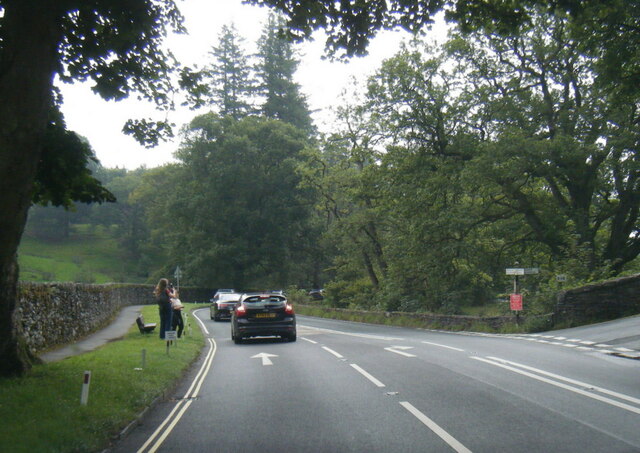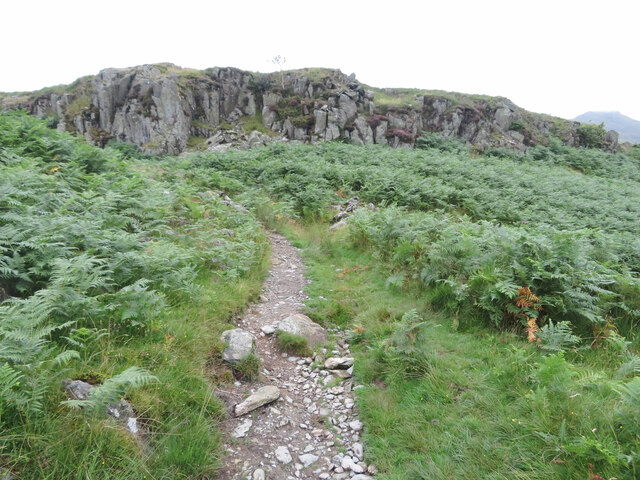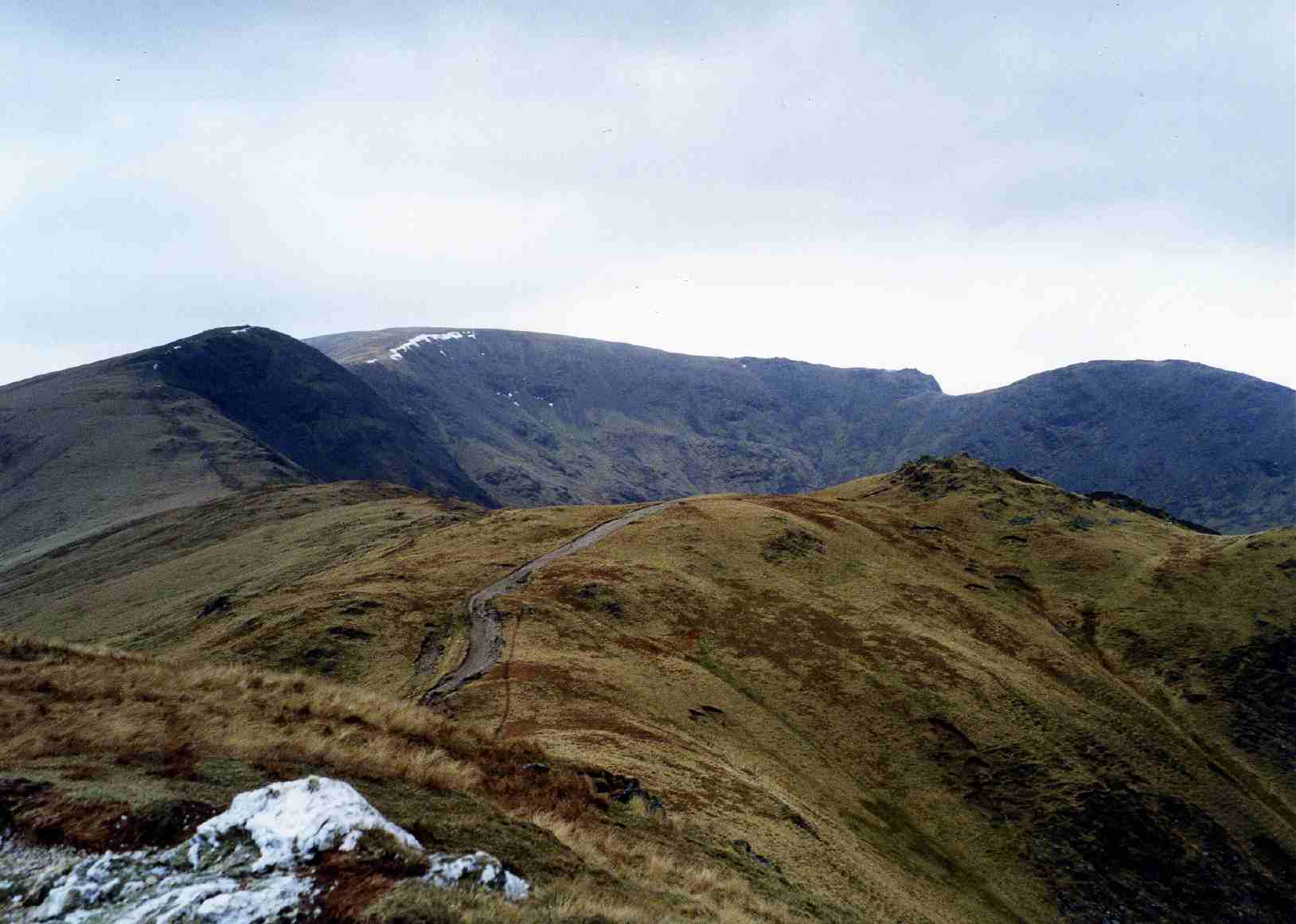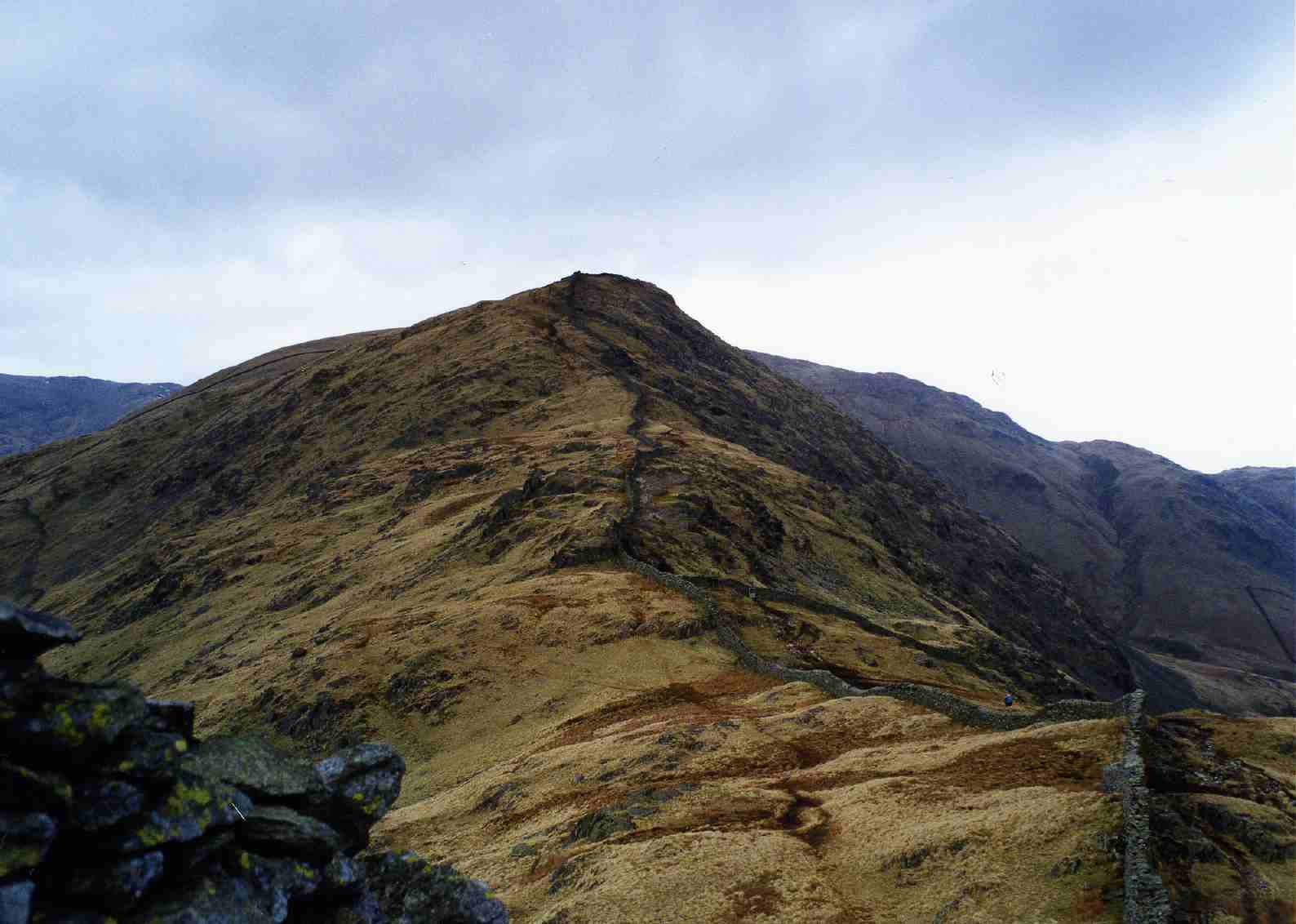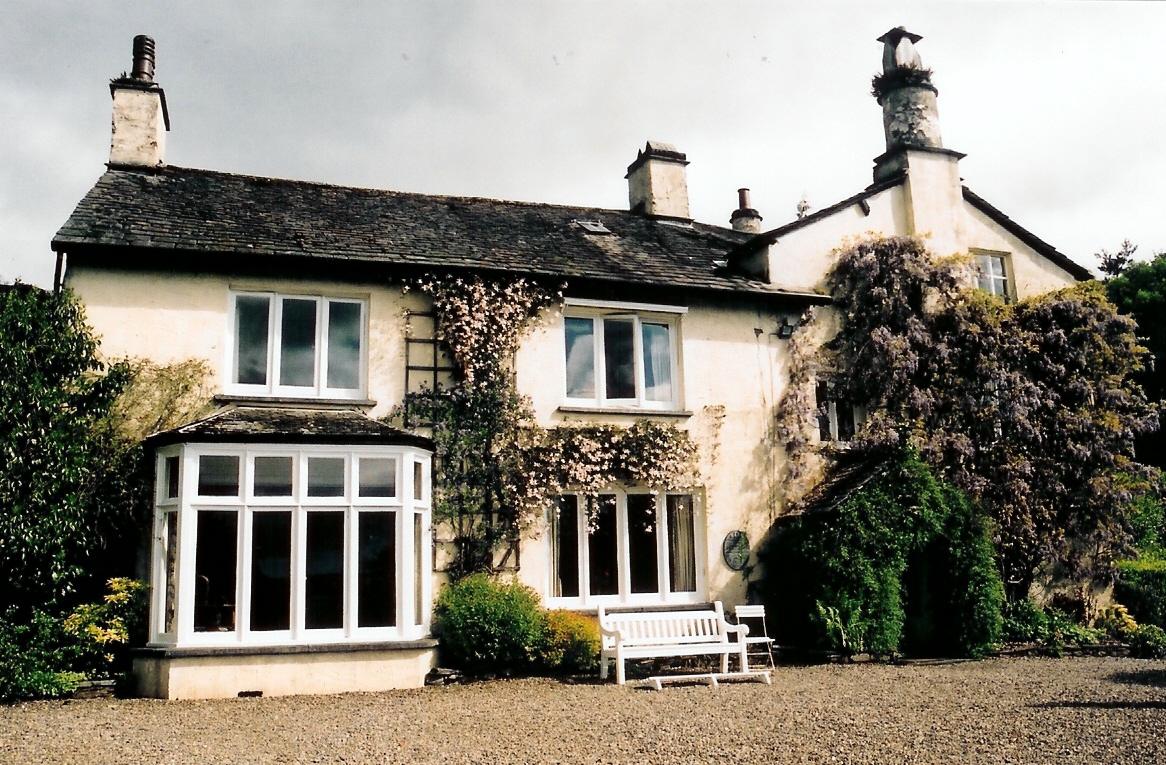Buckstones Jump
Waterfall in Westmorland South Lakeland
England
Buckstones Jump

Buckstones Jump is a picturesque waterfall located in the region of Westmorland, England. Situated amidst the scenic beauty of the Lake District National Park, this natural wonder attracts visitors from all over the world.
The waterfall cascades down a series of rocky ledges, creating a stunning display of rushing water and mist. The name "Buckstones Jump" is derived from the large boulders that are scattered around the area, resembling the leaping of deer. These boulders contribute to the unique charm of the waterfall and provide a perfect spot for visitors to sit and enjoy the mesmerizing ambiance.
The falls are easily accessible, with a short hike leading to the site. The path is well-maintained and offers breathtaking views of the surrounding landscape. The lush greenery and diverse flora along the way add to the enchantment of the journey.
The Buckstones Jump waterfall is known for its crystal-clear waters, which sparkle under the sunlight. The sound of the rushing water creates a soothing atmosphere, making it a popular spot for relaxation and meditation. Visitors can often be seen swimming or paddling in the pools formed by the cascading waters, especially during the summer months.
Nature enthusiasts and photographers are drawn to Buckstones Jump due to its natural beauty and the opportunities it presents for capturing stunning images. The waterfall also provides a habitat for various species of birds and wildlife, making it a haven for nature lovers.
In conclusion, Buckstones Jump in Westmorland is a captivating waterfall that offers a serene and picturesque experience for visitors. With its magnificent cascade, surrounding greenery, and tranquil ambiance, it is undoubtedly a must-visit destination for anyone exploring the Lake District.
If you have any feedback on the listing, please let us know in the comments section below.
Buckstones Jump Images
Images are sourced within 2km of 54.46117/-2.9785577 or Grid Reference NY3607. Thanks to Geograph Open Source API. All images are credited.
![The Grot, Rydal Hall The Grot, or grotto, was built in 1668 by Sir Daniel Fleming and designed as a place to frame and enjoy the spectacular Rydal Falls. It is one of Britain’s earliest examples of a viewing station. William Wordsworth was particularly fond of the Grot, writing about it in one of his earlier poems ‘An Evening Walk’ and visiting with his nephew shortly before his death.
From the window, a bridge across Rydal Beck, built by Sir Daniel Fleming in 1682, can be seen. This stone bridge probably replaced a previous wooden structure. The Beck descends as a waterfall, called Low Falls, into a plunge pool and continues through a gorge, which frames the falls and casts shade upon the scene. This small building called the Grotto (listed grade II*), was built by Sir Daniel Fleming in 1668-9. He referred to it in his accounts as the 'Grot' and 'my Grott-House'. It is a simple stone building with a door on the south side and a large window on the north side giving a view of the waterfall, the plunge pool, and the bridge above it.
The interior was originally panelled, and Sir Daniel's accounts show that the cost of the panelling and glazing amounted to more than the cost of the rest of the building. Rev. Thomas Machell described it, in 1692, as 'a little grotto... [for] retirement' and the view of the fall from it as 'very surprising'. Sir Daniel had the scene from the window painted in 1682. This building is unique: it is Britain's earliest known purpose-built viewing station.
This area became a popular attraction in the later 18th century. The visitor was led along a route to the summer house in such a way that the view of the waterfall was not visible until the door was opened, revealing it framed by the window in the opposite wall. The view from this spot was commended by Thomas Gray in his Journal of 1769 and by Gilpin in 1786, amongst many others.
The scene was described in verse by William Wordsworth in An Evening Walk, and the falls were painted by Joseph Wright of Derby in 1795, Julius Ceasar Ibbetson in 1798 and drawn by John Constable in 1806. The scene has been described as a 'beau ideal of romantic and Picturesque scenery'.](https://s1.geograph.org.uk/geophotos/07/09/39/7093993_af92aa50.jpg)
Buckstones Jump is located at Grid Ref: NY3607 (Lat: 54.46117, Lng: -2.9785577)
Administrative County: Cumbria
District: South Lakeland
Police Authority: Cumbria
What 3 Words
///throats.deflation.outbound. Near Ambleside, Cumbria
Nearby Locations
Related Wikis
Low Pike
Low Pike is a small fell in the English Lake District. It has a modest height of 508 m (1,667 ft) and is situated three kilometres north of Ambleside....
Fairfield horseshoe
Fairfield Horseshoe is a classic circular hillwalking ridge walk route starting from Rydal or Ambleside in the English Lake District that takes in all...
High Pike (Scandale)
High Pike is a fell in the English Lake District, located five kilometres north of Ambleside. Situated in the Eastern Fells, it can be confused with another...
Nab Scar
Nab Scar is a fell in the English Lake District, an outlier of the Fairfield group in the Eastern Fells. It stands above Rydal Water. == Topography... ==
Heron Pike
Heron Pike is a fell in the English Lake District, two kilometres east of Grasmere. It is part of the Fairfield group in the Eastern Fells. It should not...
Dockey Tarn
Dockey Tarn is a small lake in South Lakeland district, Cumbria, England. It is located at a height of 379.3 m (1,244 ft), on the west slope below the...
Rydal Hall
Rydal Hall is a large detached house on the outskirts of the village of Rydal, Cumbria, in the English Lake District. It has an early nineteenth-century...
Rydal Mount
Rydal Mount is a house in the small village of Rydal, near Ambleside in the English Lake District. It is best known as the home of the poet William Wordsworth...
Nearby Amenities
Located within 500m of 54.46117,-2.9785577Have you been to Buckstones Jump?
Leave your review of Buckstones Jump below (or comments, questions and feedback).
